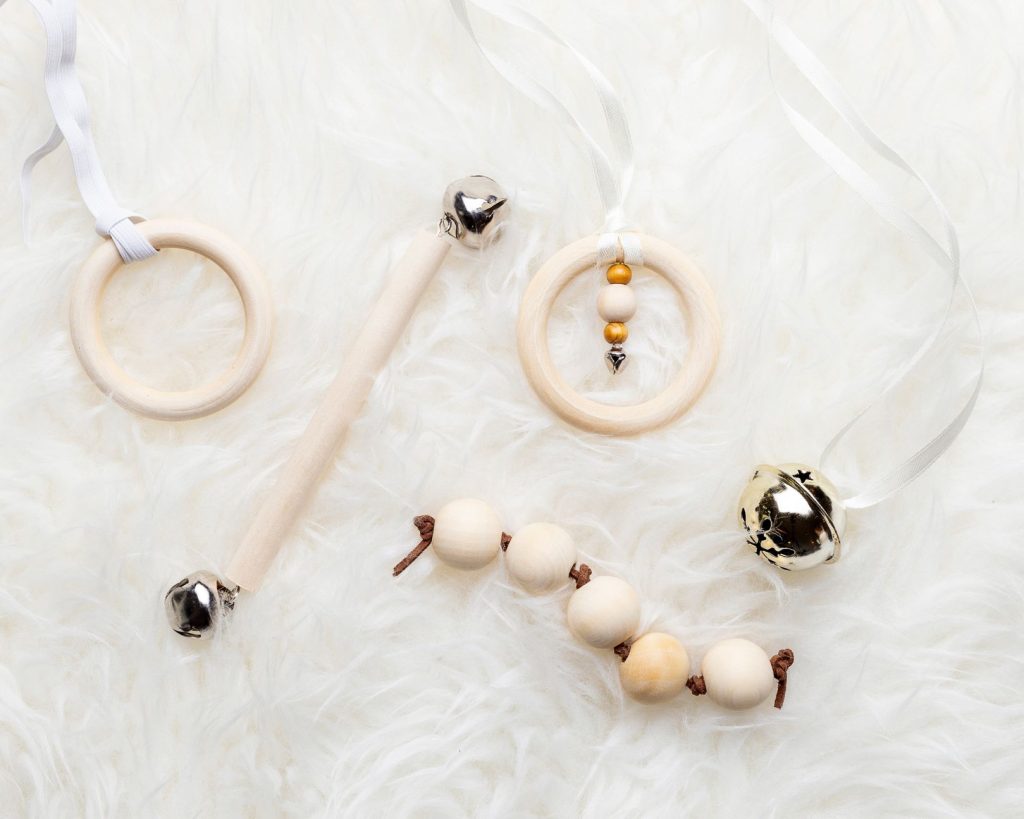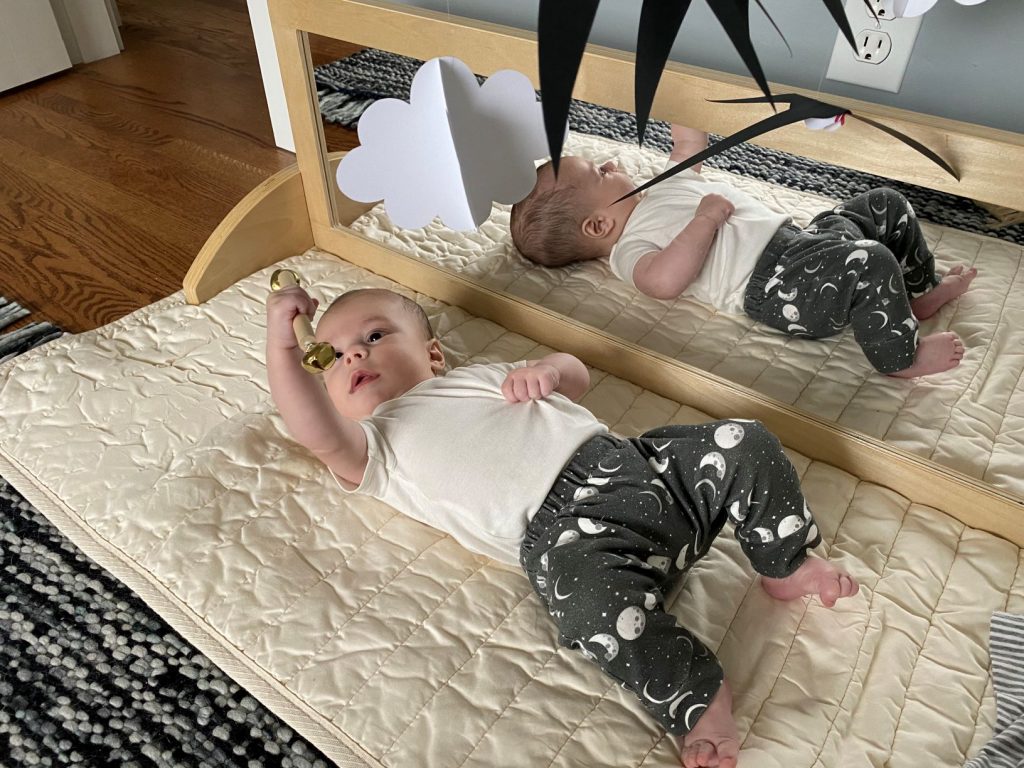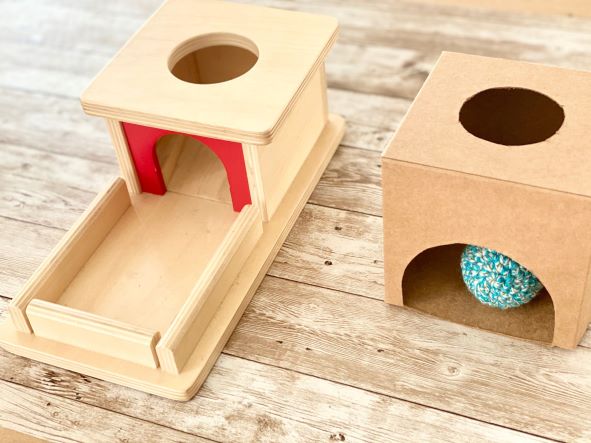When it comes to selecting toys for our little ones, the Montessori approach emphasizes the importance of fostering independent exploration and creativity. In the Montessori philosophy, toys are seen as tools that aid a child’s development rather than mere sources of entertainment. Two key categories of toys within this framework are open-ended and closed-ended toys. In this blog post, we will explore the fundamental differences between these two types of toys and understand how they contribute to a child’s growth during their crucial early years.
What are open-ended toys?
Open-ended toys are the heart and soul of the Montessori philosophy. The intentionally design of these toys encourage exploration, imagination, and problem-solving skills. They have no predetermined outcome or set of rules. This allows children to use them in countless ways according to their own interests and developmental stage. Examples of open-ended toys for babies include the Tactile Mobiles, Grasping Beads and sensory toys such as the Sensory Bean Bags or the Fabric Sensory Ball.

Fostering creativity and imagination
Open-ended toys align perfectly with the Montessori principle of “follow the child.” They respect a child’s individual interests, pace, and learning style, allowing them to explore, experiment, and discover their world at their own pace.
The beauty of open-ended toys lies in their versatility. Use them in various combinations and scenarios, enabling children to discover different possibilities and develop their cognitive abilities. These type of toys nurture creativity and encourage children to think independently, as they are not confined to specific instructions or predetermined narratives. Such freedom empowers children to make choices, explore their environment, and learn from their own experiences.

Click here to learn more about popular open-ended toys for toddlers.
What are closed-ended toys?
Closed-ended materials refer to toys and materials with a specific purpose or limited possibilities for use. These toys often come with instructions, rules, or a defined set of actions. Examples of closed-ended toys for babies include the Object Permanence Box or the basic shape puzzles.

Encouraging Problem-Solving and Critical Thinking
Closed-ended toys can be valuable for developing specific skills, such as hand-eye coordination, problem-solving, and logical thinking. They provide focused learning opportunities and help children understand cause and effect relationships. Through repetitive actions or problem-solving challenges, these toys help foster concentration and focus, teaching babies to persist and overcome obstacles. These skills are vital for later stages of development and academic success.
However, compared to open-ended toys, they offer less room for creativity and imagination, as their play possibilities are predetermined. Closed-ended toys, due to their limited scope, tend to have a shorter shelf life. They may also lose the child’s interest once the novelty wears off.
Balancing open-ended and closed-ended toys
When it comes to Montessori baby toys, the choice between open-ended and closed-ended toys can significantly impact a child’s development and play experience. By offering open-ended toys, babies are encouraged to use their imagination and problem-solving skills to create new possibilities. Simultaneously, closed-ended toys provide structure and opportunities to master specific skills, ensuring a comprehensive learning experience.
Each baby has unique interests and developmental needs. Some babies may gravitate more towards open-ended play, while others may find closed-ended toys engaging. By observing and understanding a child’s preferences, we can select toys that align with their interests, fostering their natural curiosity and promoting their overall development.
Final thoughts
As parents, we play a crucial role in curating a diverse play environment that balances the wonders of open-ended and closed-ended toys. By offering our children a mix of both types, we empower them to become well-rounded learners with fertile imaginations and honed skills. Open-ended toys ignite the spark of creativity, allowing their minds to soar to new heights, while closed-ended toys provide the structured challenges that build essential cognitive abilities. Together, these toys create a holistic learning experience, supporting our little ones’ growth in every aspect of their development.
If you’d like some practical tips about how to fly with your baby, click here!
